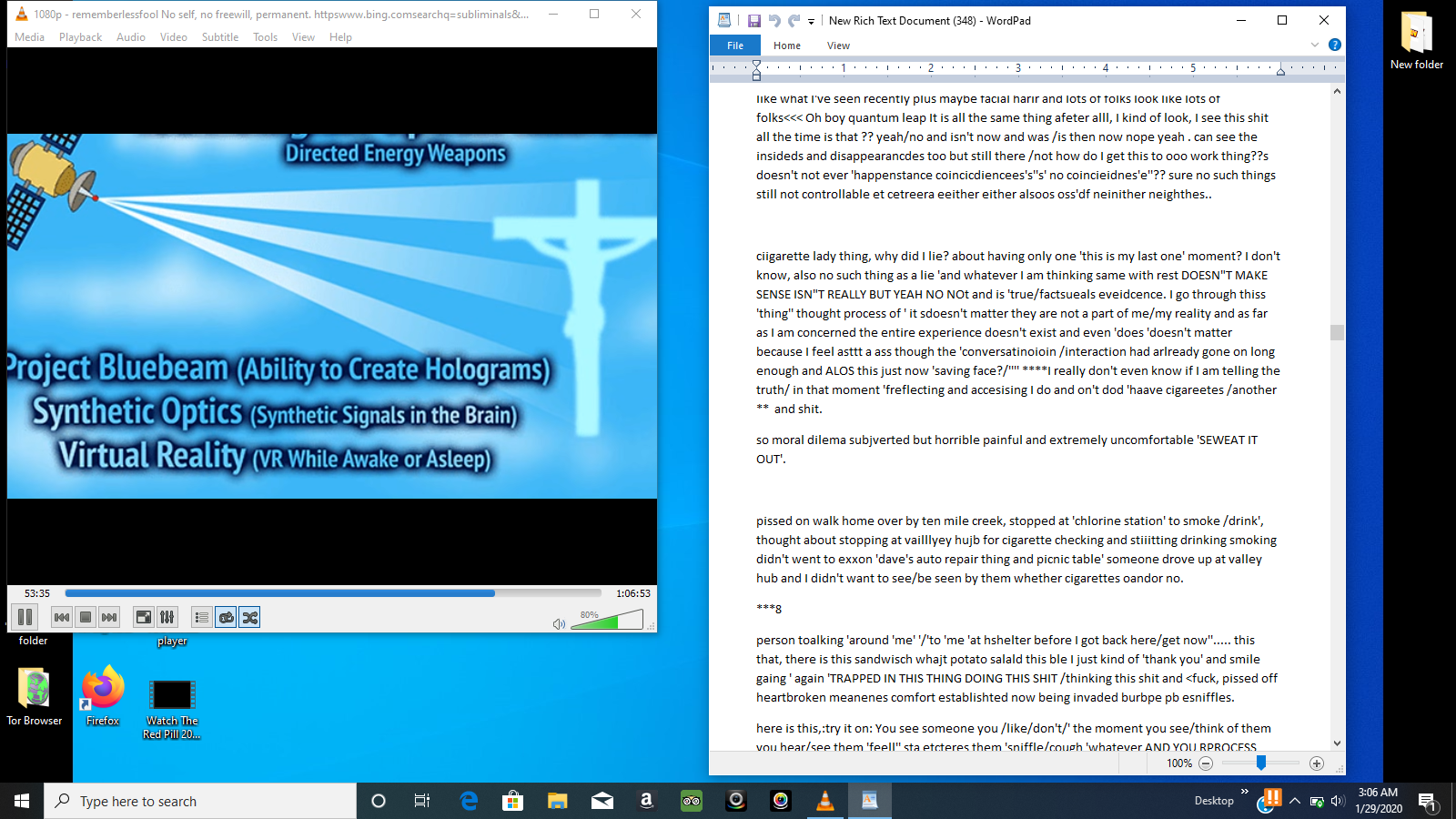
If you can’t log in to change your password, check the advice your email provider or social network has available. Make sure you create strong passwords that will be hard to guess. If you use similar passwords for other accounts, change them, too.

If you’re able to log into your email or social media account, change the password right away. If the scan identifies suspicious software, delete it, and restart your device. Then, run it to scan your device for malware. Use either the security software that comes with your computer, phone, or tablet or download software from a reputable, well-known security company. Start with this important step - especially if you’re not sure how someone hacked into your account. Update your security software, run a scan, and delete any malware.
friends and family are getting emails or messages you didn’t send, sometimes with random links or fake pleas for help or money. your Sent folder has messages you didn’t send, or has been emptied. you can’t log into your email or social media account. your social media account has posts you didn’t make. Signs That Your Email or Social Media Account Has Been Hacked What You Need to Know About Romance Scams. What To Do If You’re the Target of Revenge Porn. Virtual Private Network (VPN) Apps on Mobile Devices. Shopping Online with Virtual Currencies infographic. Securing Your Internet-Connected Devices at Home. Protect Your Personal Information and Data. 
BEST SOFTWARE TO HACK OTHER COMPUTERS FOR MAC HOW TO
Mobile Payment Apps: How to Avoid a Scam When You Use One. How to Spot, Avoid and Report Tech Support Scams. How to Secure Your Voice Assistant and Protect Your Privacy. How to Recognize and Report Spam Text Messages. How to Protect Your Data Before You Get Rid of Your Computer. How To Safely Use Public Wi-Fi Networks. How To Recover Your Hacked Email or Social Media Account. How to Recognize and Avoid Phishing Scams. How to Protect Your Phone and the Data on It.






 0 kommentar(er)
0 kommentar(er)
